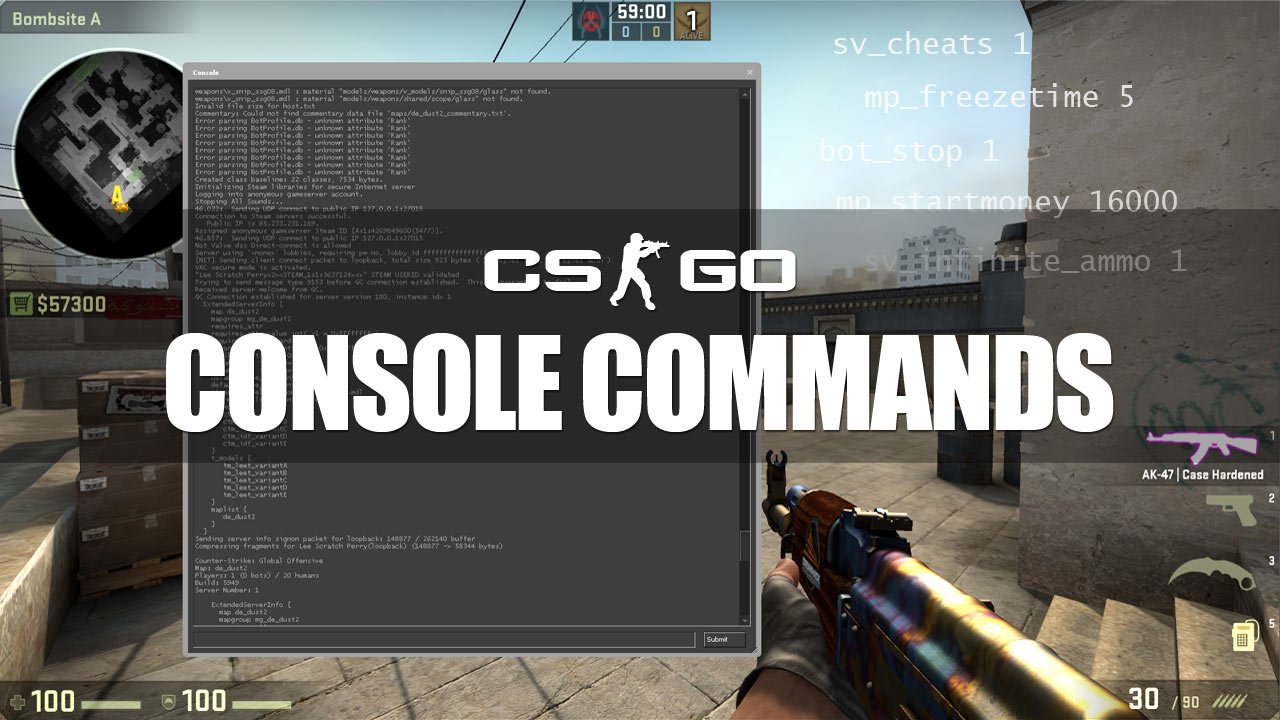Best Electronics Insights
Your go-to source for the latest in electronics news and reviews.
Baiting the Ban: Exploring CSGO's Teamkill Penalty Mechanics
Discover the secrets behind CSGO's teamkill penalties! Uncover hidden mechanics and strategies to avoid costly mistakes in-game.
Understanding the Teamkill Penalty in CSGO: What Happens When You Shoot Your Teammates?
In Counter-Strike: Global Offensive (CSGO), the gameplay dynamics are heavily influenced by teamwork and strategy. Unfortunately, mistakes can happen, leading players to unintentionally harm their teammates. This action is referred to as a teamkill. When a player inflicts damage on a teammate, the game imposes a teamkill penalty to discourage such behavior. Initially, the player may simply receive a warning, but repeat offenses can lead to more severe consequences, including temporary bans from matchmaking.
The teamkill penalty system is designed not only to maintain a competitive environment but also to foster cooperation among players. Each time a player kills a teammate, their score and reputation suffer, potentially resulting in a lower matchmaking rating (MMR). Additionally, teamkills contribute to the overall frustration of teammates, who may find their gaming experience negatively impacted. To avoid these penalties and ensure a more enjoyable gaming experience, players should be mindful of their actions and communicate effectively with their team.

Counter-Strike is a popular series of first-person shooter games, where players compete in teams to complete objectives or eliminate opponents. One of the latest installments, CS2-Falleröffnungsseite, introduces new gameplay mechanics and enhanced graphics, attracting both veteran and new players alike.
Teamkill Consequences: How CSGO Discourages Friendly Fire
In Counter-Strike: Global Offensive (CSGO), the mechanics surrounding teamkill consequences are designed to promote teamwork and discourage friendly fire. When players accidentally or intentionally harm their teammates, the game employs a system of penalties that can impact not only individual player performance but also overall team dynamics. For instance, the infamous teamkill is met with immediate repercussions such as damage penalties, where players inflict injury upon themselves when they execute a teammate kill. This serves to remind players of the risks associated with shooting allies and enforces a greater sense of responsibility during matches.
Additionally, the CSGO community often utilizes a reporting system for those who abuse or recklessly engage in friendly fire. Players who are reported for multiple teamkills may face temporary bans or be categorized into lower-ranked queues, thus diminishing their chances of competitive play. This not only discourages harmful behavior but ultimately fosters an environment where cooperation is prioritized, aligning with the overarching goal of achieving victory as a cohesive unit. Consequently, understanding the teamkill consequences within CSGO acts as a vital component for any player aiming to excel in this tactical shooter.
Is Teamkilling Killing the Game? A Deep Dive into CSGO's Penalty Mechanics
Is Teamkilling Killing the Game? In the competitive realm of CSGO, teamkilling has become a contentious issue, prompting players and developers alike to question the impact of this behavior on the overall gaming experience. Many players argue that intentional teamkills can diminish the thrill of the game, leading to frustration and distrust among teammates. This phenomenon not only affects individual performance but can also tarnish the reputation of the game itself, as new players may be deterred from joining communities riddled with toxic behavior. The question remains: does teamkilling truly undermine the integrity of CSGO?
To address the problem, CSGO has implemented a series of penalty mechanics aimed at discouraging negative behaviors. When a player kills a teammate, they may incur penalties such as:
- Temporary bans from matchmaking
- Reduced matchmaking ranking
- Increased cooldown periods between matches
These measures are designed to promote a healthier gaming environment, encouraging players to cooperate and strategize as a team. However, some argue that the penalties may not be sufficient to deter persistent offenders, leaving the question open as to whether teamkilling will continue to plague CSGO or if these mechanics will eventually foster a more collaborative atmosphere.